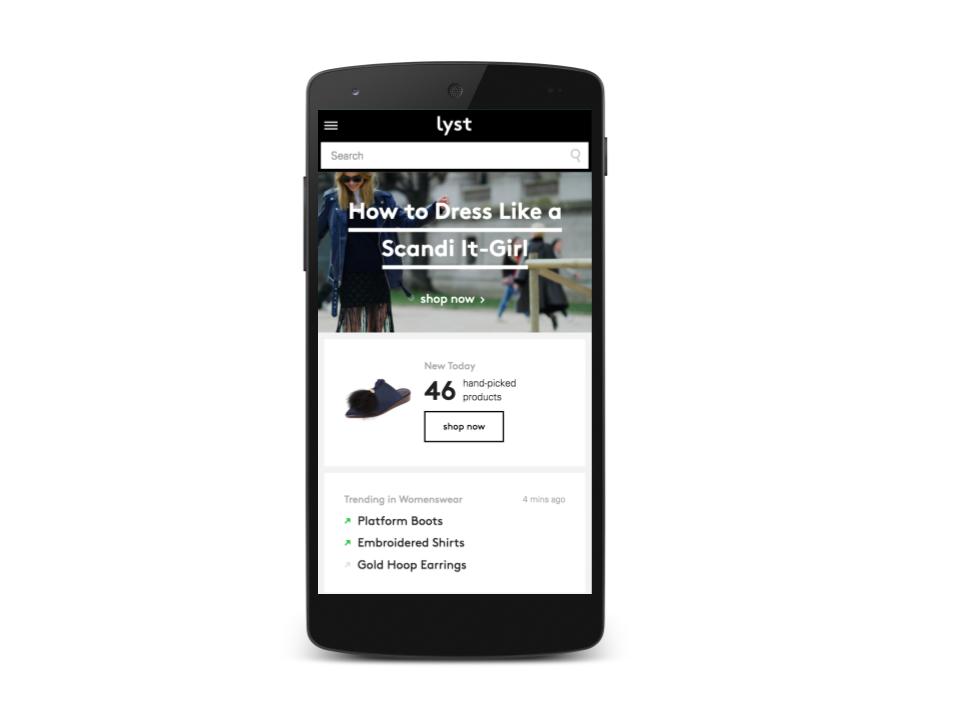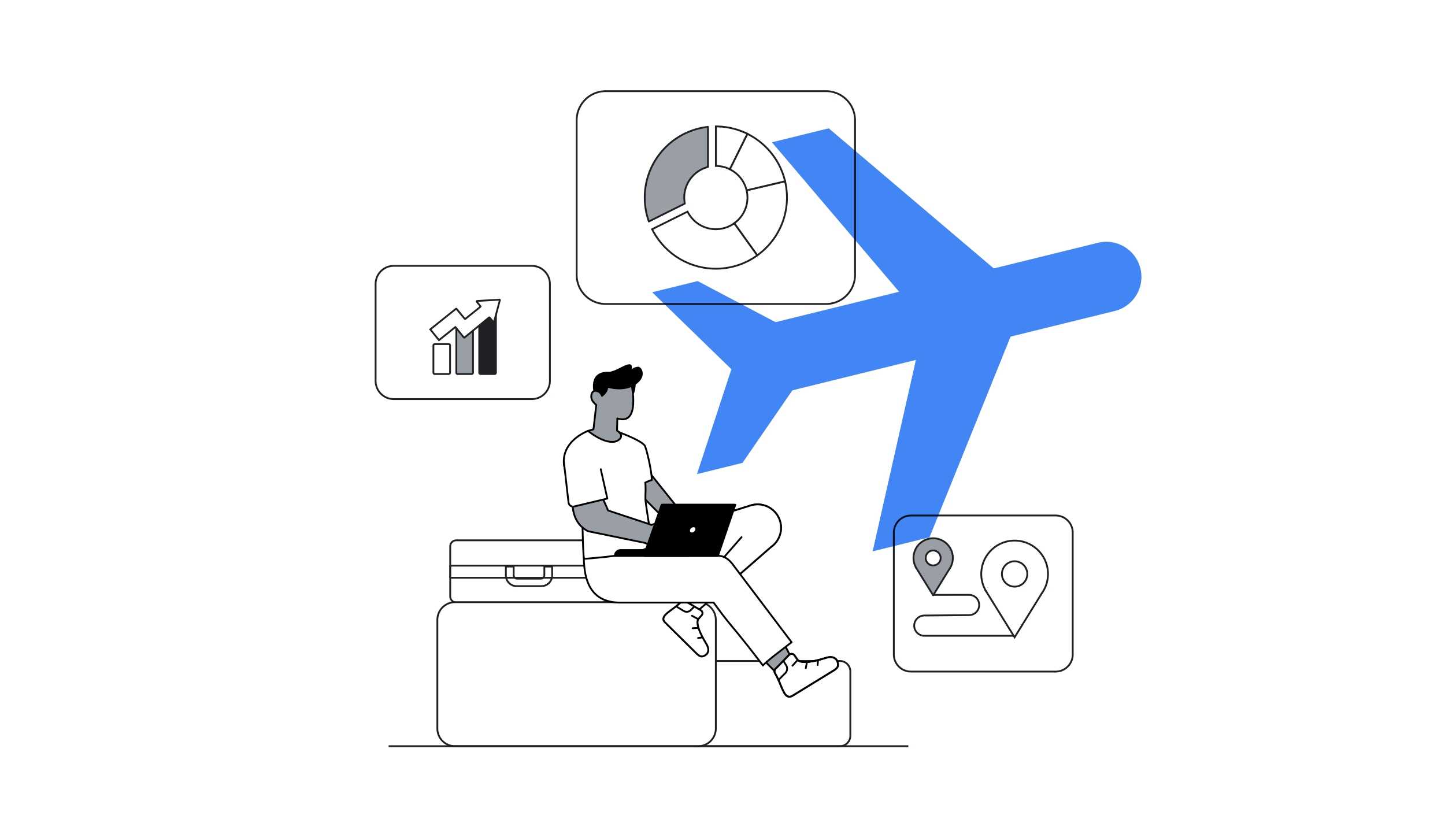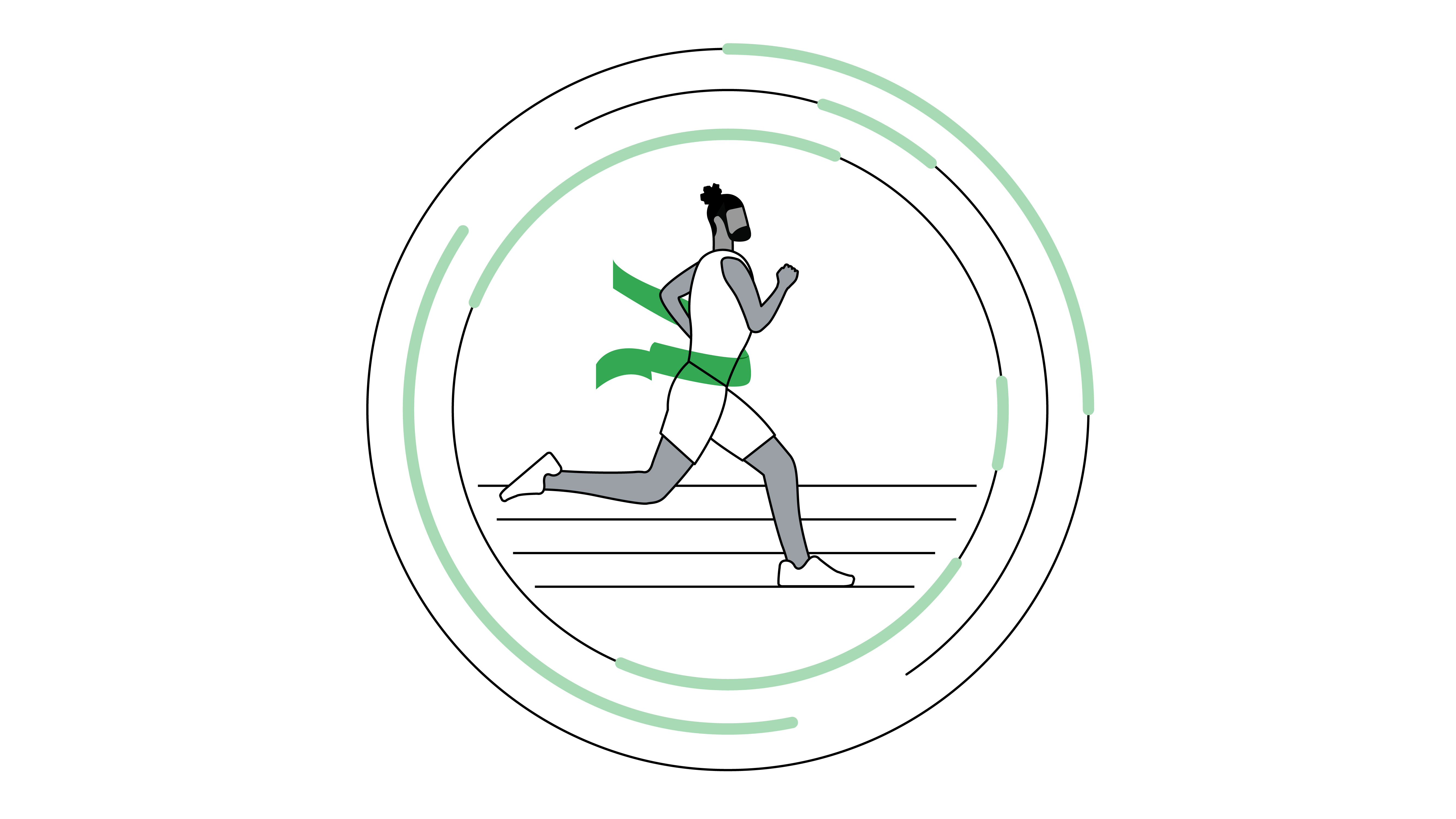Lyst allows over 40 million customers in 180 countries to access fashion items from hundreds of designers, all through one website. Because fine-tuning site performance is a key area of focus, Lyst conducted a usability analysis with a view to improving the user experience for cross-device consumers and driving conversions.
THE GOALS
Improve website performance across devices
Increase mobile conversions
Grow sales
THE APPROACH
Conducted usability workshop
Analysed cross-screen behaviour
Initiated and tested key enhancements
Ran split tests to assess relative performance
THE RESULTS
Increased mobile conversion rate by 41%
Improved overall conversion rate by 25%
The first step was to establish a measurement strategy so that the effect of any changes could be accurately monitored. Next, an in-depth review combined data from Google Analytics with internal measurements. Different reports from Google Analytics (such as pages, landing pages and site search) were used to understand user behaviour across devices and to assist in identifying areas of improvement during the audit of the website. These insights combined with user experience industry research generated a set of split testing suggestions, including:
Highlighting urgency – For fast moving products, a message was shown to customers encouraging them to move swiftly to avoid missing out.
Upgrading the add-to-cart process – Instead of taking customers directly to the cart after adding a product, a new user flow encouraged them to look at more items before checking out.
Changing search placement – Replacing the search icon with a search box aimed to enable users to locate the search function more easily.
Improving search results – An algorithm was used to allow spelling mistakes in search terms so that rather than seeing an error message, customers could see the items that they had actually been searching for.
By split testing the changes, Lyst then assessed relative performance. For example, there was a 17% increase in conversion rate when urgency was highlighted. Simplifying the add-to-cart process generated an increase of 4% in average order value, an improvement of 9% in conversion rate and a 17% increase in session revenue. Changing the search placement increased usage by 43% on desktop and 13% on mobile, while improving search results with an algorithm increased page views by 15%.
Collectively these changes have led to a 25% increase in the overall conversion rate and a 41% increase in the mobile conversion rate. “Understanding our customers’ journey across multiple devices and touchpoints has been a critical challenge for Lyst,” observes Product Manager Tobias Otte. “In today’s mobile-first world it has become an expected requirement to offer a tailored experience no matter when or where. This project provided us with the insights to improve the experience for users significantly.”







